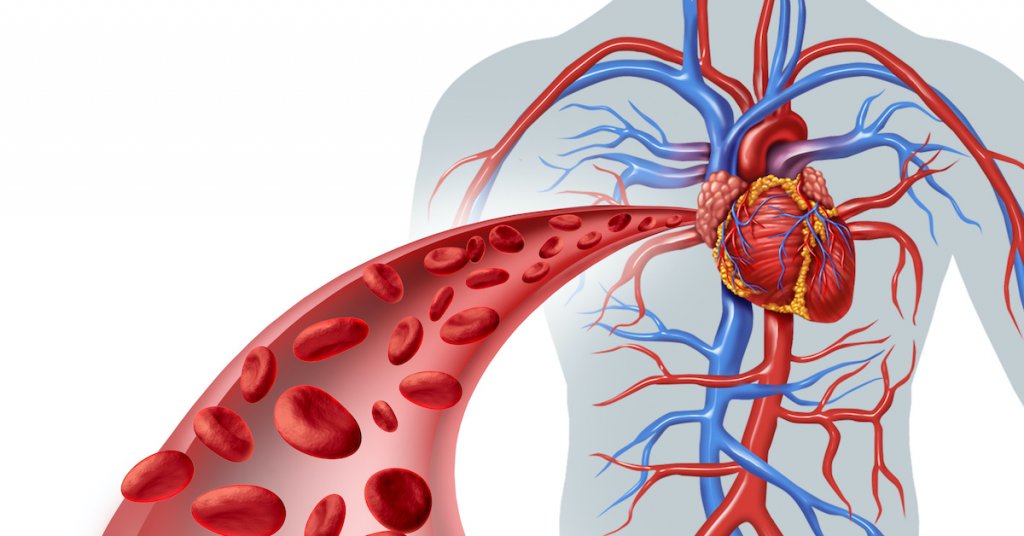11 Tips to Improve Circulation

Many people suffer from poor blood flow or circulation. Poor circulation may be a sign of a serious medical condition that needs to be addressed. It can also lead to lasting complications, so it’s important to be aware of the signs that may indicate your blood is not circulating through the body the way it should be. Symptoms of poor circulation include:
- Numbness and tingling in hands and feet
- Cold hands and feet
- Swelling in the feet, ankles, and legs
- Varicose veins
- Fatigue
- Muscle cramping
- Changes in skin color
- Ulcers on the legs or feet
Poor circulation may be caused by a variety of conditions that affect blood flow. These conditions include obesity, diabetes, varicose veins, spider veins, blood clots, Reynaud’s Disease, and other venous or arterial diseases.
While treating the underlying causes of poor blood circulation is the most important step you can take, there are some things you can do on your own to alleviate symptoms. Try the following tips for improving circulation.
1. Maintain a Healthy Weight
As mentioned before, obesity is linked to poor circulation. When someone is overweight, the heart and circulatory system have to work harder to pump blood throughout the body. Losing weight has been shown to improve circulation and reduce the risks of developing conditions that are also linked to circulatory issues.
2. Exercise Wisely
Exercising regularly will also help improve poor blood circulation. Aerobic exercises are particularly good for cardiovascular health and can improve circulation. Walking, running, cycling, or swimming will get your blood pumping. Another good exercise option is yoga. It is low impact and helps circulation by oxygenating blood cells and moving blood throughout the body. Strength-training moves like squats will help with blood flow in the legs.
3. Don’t Use Tobacco
Tobacco products, including smokeless varieties, can harm the walls of your arteries and thicken your blood. This causes blood flow to decrease and symptoms of circulation problems to pop up. While all tobacco use is harmful, smoking, in particular, is linked to cardiovascular issues that can affect your long-term health. Quitting is often extremely difficult. However, the benefits are worth the effort. So talk to your doctor about things that may help you quit.
4. Manage Blood Pressure
High blood pressure, also called hypertension, is known to cause arteriosclerosis. Arteriosclerosis is a condition that hardens the arteries and can cut off blood flow. Therefore, following your doctor’s recommendations on managing blood pressure can help with circulation issues.
5. Stay Hydrated
Pretty much everyone is familiar with the fact that the human body is made up of mostly water. Your blood is about half water, so staying well hydrated will help keep it moving. According to the Mayo Clinic, the average woman needs to consume 92 oz of fluid a day while the average man needs 124 oz. Increase your fluid intake if you are sweating a lot due to high temperatures or exercise.
6. Don’t Sit Too Long
Sitting for extended periods of time can reduce blood flow to your legs. This is an issue for people who have jobs that require them to sit at a desk all day. Long car trips and plane rides are also a hazard. To improve circulation, make sure you alternate sitting, standing, and walking throughout the day. Look into getting a standing desk for work. If that’s not possible, take a break every now and then to walk around for five minutes. At home, find activities you can do standing up rather than sitting down.
7. Get a Massage
Many people associate getting a massage with pampering rather than medical care. However, massage is a good way to combat poor circulation. The pressure applied and released by the masseuse helps get blood moving. Congested areas are cleared and lactic acid is flushed.
8. Ask About Compression Garments
Compression garments are a good way to help prevent the symptoms and complications of poor circulation. Compression socks are an especially popular choice for improving blood flow in the legs. These garments are available without a prescription at most pharmacies and other retailers, which makes them an easily accessible solution for achy and swollen extremities. They can also prevent blood clots, especially if you’re required to sit for an extended period of time.
9. See a Vascular Specialist
While these remedies may help improve your circulation, you should see a vascular specialist for treatment. Preferred Vascular Group is a patient-focused practice that specializes in the treatment of vascular disorders, including conditions that can result in poor circulation.
—
If you would like to schedule an appointment at Preferred Vascular Group to have a consult with a Board-Certified physician or would like to have one of our highly trained care providers reach out to you, please click on a button below:
